ASD20 is Sacrificing Education For ‘Meeting Contact Hour Quotas’
During a frigid and snowy evening, you peek outside periodically to see the snow situation. You ponder excitedly if the district will cancel school. If not, scraping off your car is going to be cold and pesky come tomorrow morning. After sleeping through the night you drag yourself out of bed and check if the district canceled school. The results? A less than satisfactory two-hour delay. Disappointing, but you’ll take it.
You might take it, but as for myself, I would rather have a full day or no school at all. I prefer my time not to be wasted, and surely I can’t be alone in that sentiment.
From an administrative and legal standpoint, two-hour delays make sense. To meet federal and or state quotas of contact hours, delaying school rather than canceling school will avoid setting the running total of contact hours between teachers and students terribly far behind. It even gives students and staff extra time to get to school safely.
“I am in favor of two-hour delays if road conditions make travel to school dangerous for students and staff,” said Cris Robson, AAHS biology teacher.
Sometimes the Air Force Base delays its work start times in an effort to make military personnel and federal employees more time to commute to work safer. When the base is delayed, Air Academy High School gets delayed as well.
When a two-hour delay occurs, classes at Air Academy are reduced from 90 minutes per period to just an hour. Teachers plan their lessons according to the 90-minute block. Cutting off 30 minutes ends up affecting more than one would expect.
On the same note, eight-period days equivalently send proper use of time down the drain. An eight-period day results in 40-minute classes. A reduction of 30 minutes from the normal schedule for a two-hour delay and a 50-minute reduction occurs. Either schedule creates a lesson-crunching dilemma for both students and staff.
“[Snow days] tend to throw off routine for students and staff. Due to the reduced time in class lessons need to be condensed and accommodated. Students tend to lose focus during delays, as many were rooting for a cancelation. Additionally, the following 8 period days create quite a challenge with trying to teach full materials,” said AAHS English teacher David Miles.
When the schedule returns to normal after a delay or eight-period schedule, a whole day’s worth of lessons will have been trimmed down. Due to classes being out of whack, compensations are necessary to cover all the material required. Rushed, half effort lessons get crammed into the next few classes. Sacrificing quality to cover missed class time indefinitely causes students to not acquire the understanding they could have had if classes were simply just pushed back a day or slowly fed back into each day.
Whether school gets delayed or canceled, time is lost. During a two-hour delay or cancellation, classes are condensed and consolidated. Teachers have to work on the fly and decide what to cut from their lessons or shove into the next class, throwing things off–that is after things really get set back during an eight period day.
Rather than further putting the teachers’ curriculum behind due to cancellation or a two-hour delay or eight-period day to ‘make up class time’, why not just pick up where the class was supposed to be on the day it was missed? We should cut our losses and move on instead of dragging them out within a day or even two days where little to no work is accomplished.
The school district builds in a set of six snow days that won’t affect graduation for seniors and even the rest of the grades is normally up in the air until winter is most of the way through. Why not build in an extra handful of snow days and take two-hour delays out of the picture?
According to ASD20 Administrative Assistant to the Superintendent, Anne Krajcovic, within the last five years, 18 snow days have been called. During the 2018-2019 school year, seven snow days occurred; inversely, during the 2014-2015 school year, only one snow day occurred. In the last five years, an average of 3.6 snow days has occurred each year.
From the 2014-2015 school year to the 2018-2019 school year, 21 two-hour delays were called by the district. Meaning an average of 4.2 two-hour delays per year.
Just counting two-hour delays over the last five school years, 21 days of school went by where little to nothing was accomplished by students or even teachers.
If ASD20 added in six more snow days, two hour-delays could essentially be completely nullified. If AAHS took out eight period days, and start the next day of classes where they would have been if school was not canceled, time could be used much more wisely by all students and teachers.
At AAHS, slim to none of the students accomplish anything in the course of a 40-minute class meant to be 90 minutes. Instead of wasting everyone’s time with two-hour delays and eight period days, just get rid of them entirely and push on for the sake of the students. After all, that’s what education is all about, isn’t it?

Howdy!! I'm Alex Maline, and this will be my second year on the Jetstream. This time around I am an editor and I'm excited to see how this year turns out!...




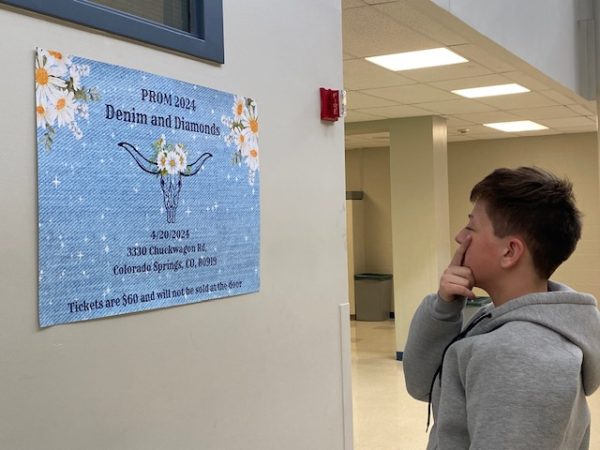
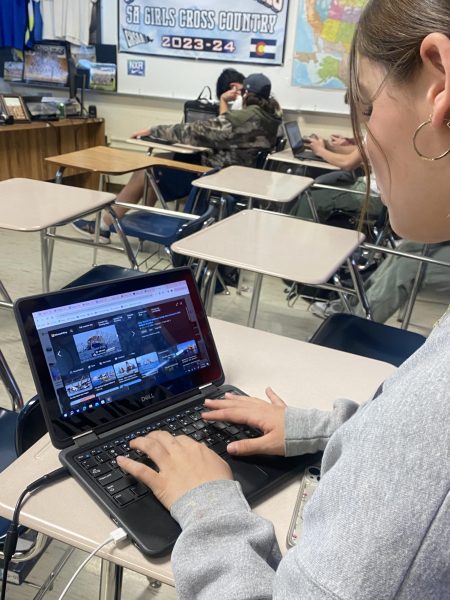
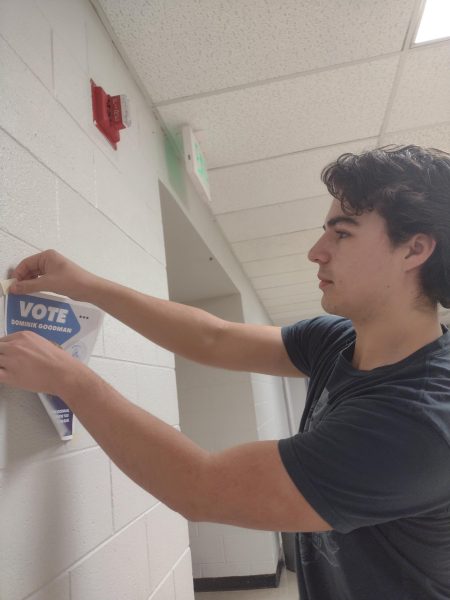
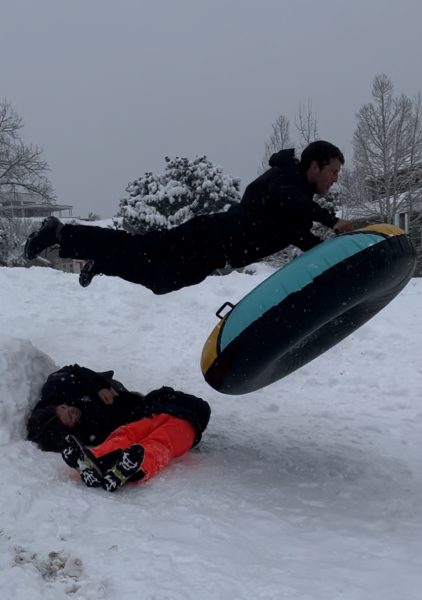

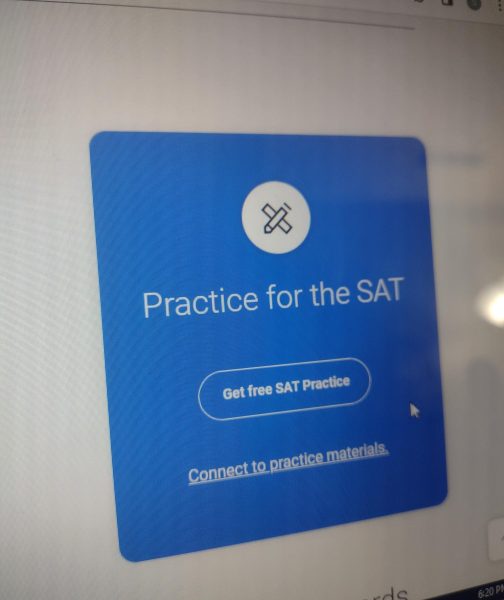
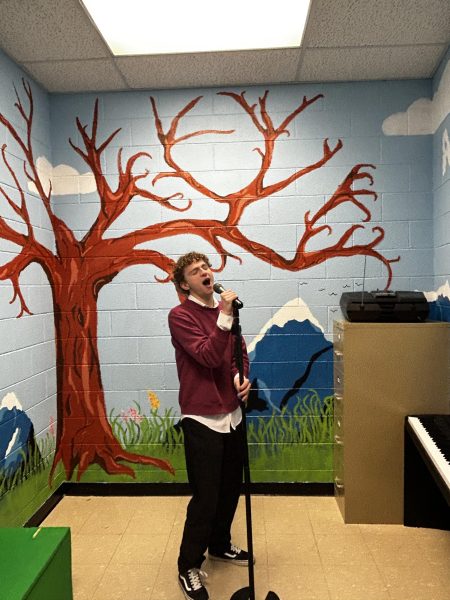
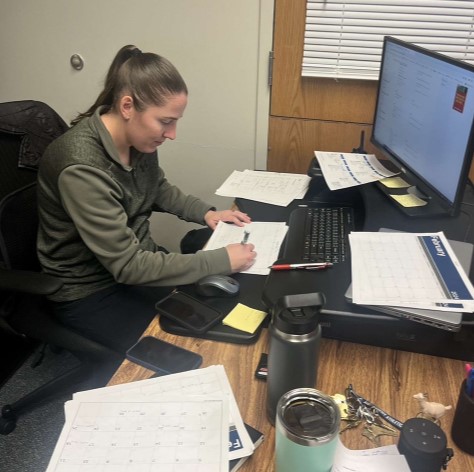
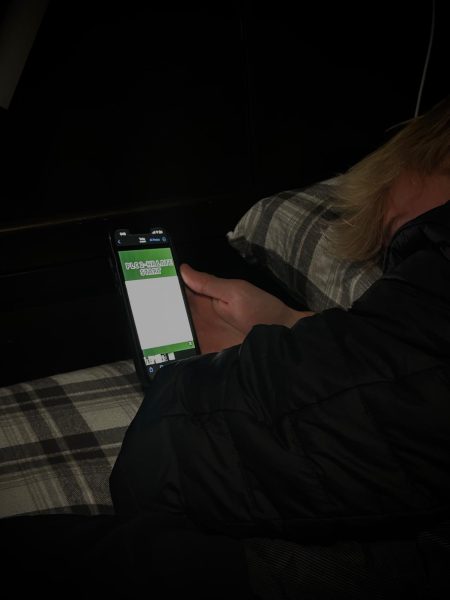
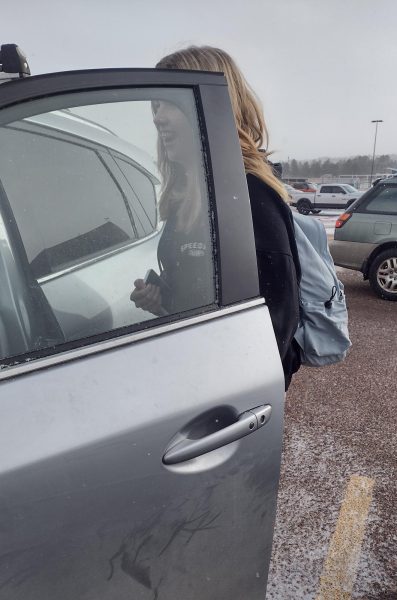
Mrs. Young • Nov 15, 2019 at 2:10 pm
Hi Alex,
I read your article with interest. I have experienced quite a few of those 2-hour delays. I disagree with your assessment that 60 minute periods are a wasted day and that students tune out. As a guest teacher, my experience is that students usually do their work, they just don’t like having all 8 periods in one day, and the work that goes along with that.
When I grew up (I know, a LONG time ago!), 45 minutes was our regular class period. There was no such thing as the block schedule like you have now. Quite a bit can be accomplished in 45 minutes.
Where I do agree with you is a 2-hour delay, 8-period day, after a snow day. I had the “honor” of substituting one of those days about 8 years ago. By the time I took attendance there were MAX 25 minutes left. THAT was very difficult to motivate students to work. There wasn’t enough time to get into even a partial lesson, in my opinion.
Thanks for a great article!
–Mrs. Young